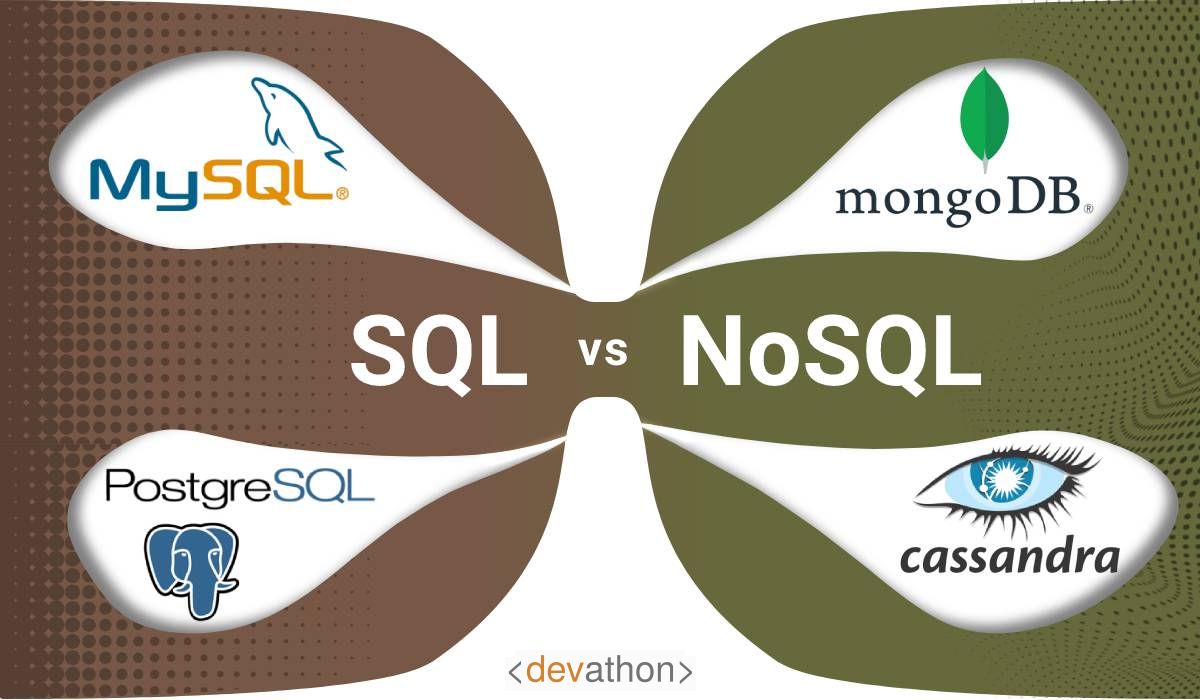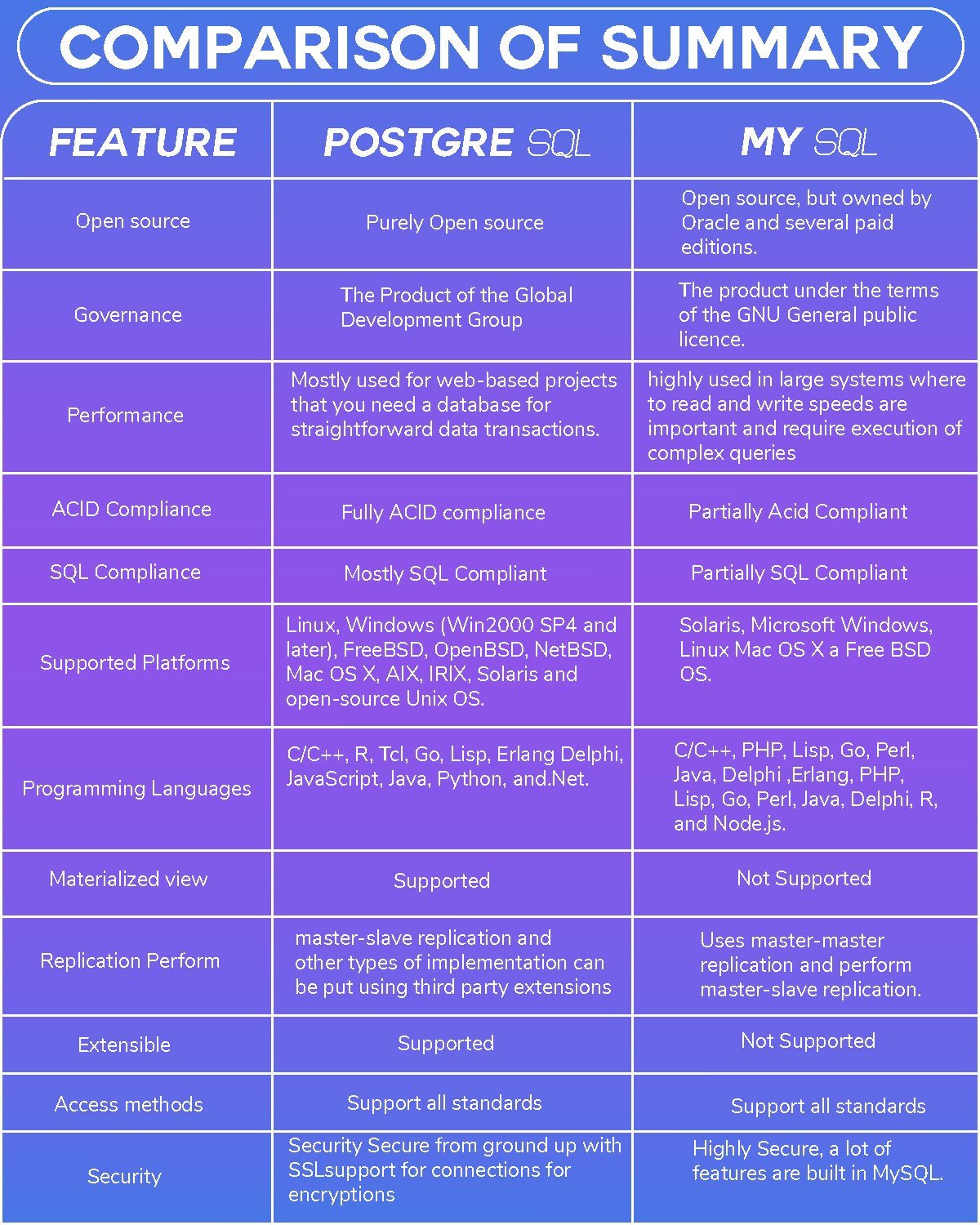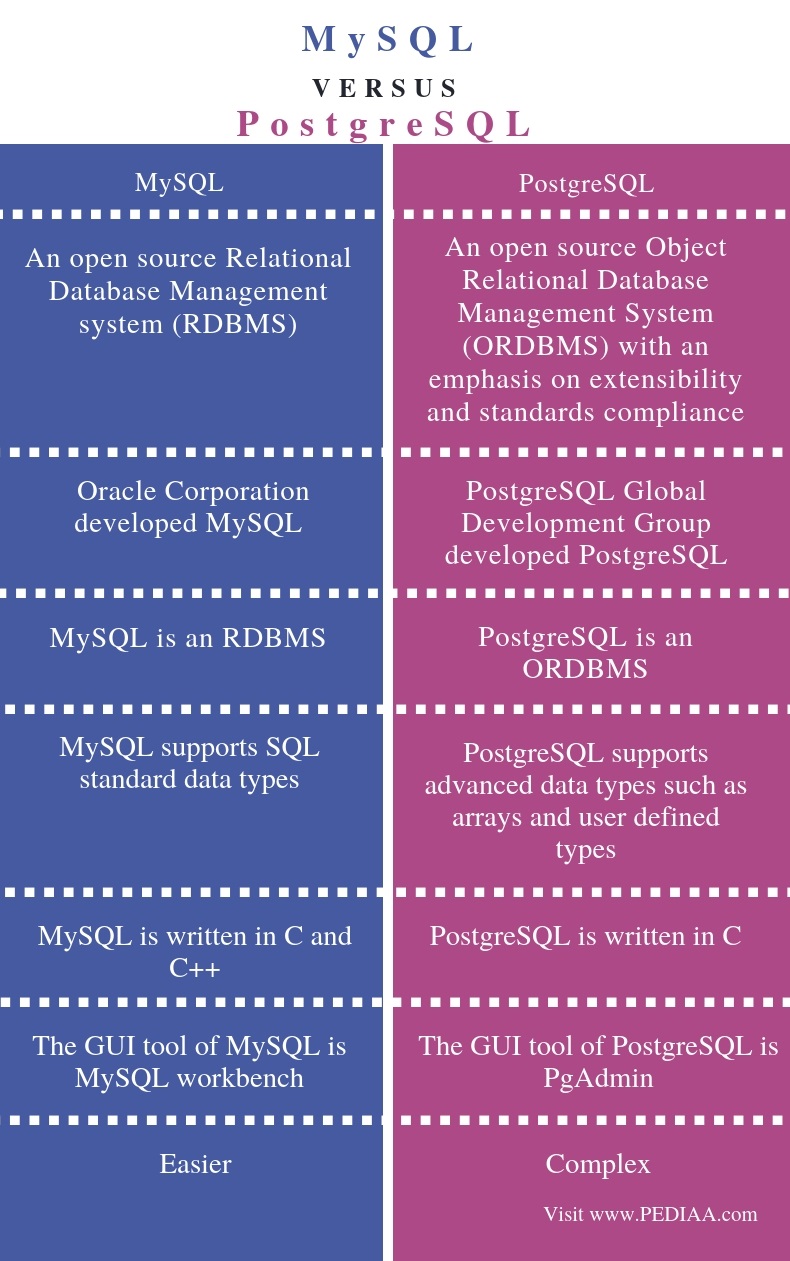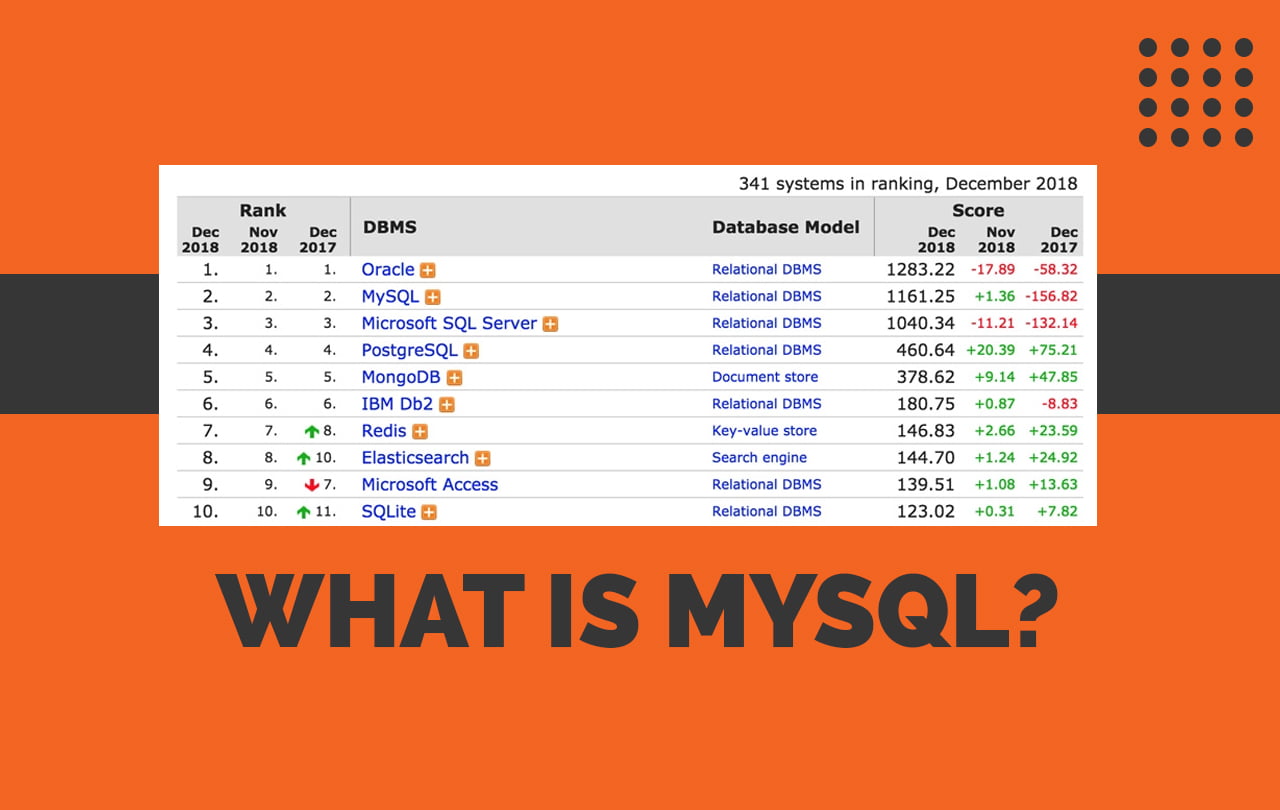

These clusters show an increased number of databases running during business hours on Monday through Friday each week. Notice the clusters of five sawtooth-like ridges and then a drop for two additional ridges. The graph below shows the number of active Cloud SQL database instances running over time. The command line interface (CLI) and API make Cloud SQL administration scriptable and help users maximize their budgets by running their databases only when they’re needed. Cloud SQL can be managed using the Cloud Console (our browser-based administration console), command line (part of our gCloud SDK) or a RESTful API.

Many databases must run 24x7, but some are used only occasionally for brief or infrequent tasks. Use standard drivers, such as Connector/J, Connector/ODBC, and Connector/NET, making it exceptionally easy to access Cloud SQL from most applicationsįlexibility also means easily starting and stopping databases.Get low latency connections from applications running on Compute Engine and Managed VMs.Use all your favorite tools, such as MySQL Workbench, Toad and the MySQL command-line tool to manage your Cloud SQL instances.Because we embrace open standards by supporting MySQL Wire Protocol, the standard connection protocol for MySQL databases, you can access your managed Cloud SQL database from just about any application, running anywhere. Connectivity from App Engine is only offered for Cloud SQL First Generation right now, but that will change soon. Scaling down is just as easy.įlexibility means easily connecting to your database from any client with Internet access, including Compute Engine, Managed VMs, Container Engine and your workstation. A Cloud SQL instance can be changed to allocate additional resources to the database with minimal downtime.

For example, a database that’s growing in size and number of queries per day might require more CPU cores and RAM. Flexibility means easily scaling a database up and down.

And while flexibility is not a word frequently associated with relational databases, with Cloud SQL we’ve changed that. Yoga for your database (Cloud SQL is flexible)Ĭloud users appreciate flexibility. And it scales to 10TB of data, 15,000 IOPS and 104GB of RAM per instance - well beyond the first generation. Second generation Cloud SQL is more than seven times faster than the first generation of Cloud SQL. The performance graph below speaks for itself. The two principal goals of the second generation of Cloud SQL are: better performance and scalability per dollar. We’re excited to announce the beta availability of the second generation of Cloud SQL - a new and improved Cloud SQL for Google Cloud Platform. As Compute Engine and Persistent Disk have made great advancements since their launch, the second generation of Cloud SQL builds on their innovation to deliver an even better, more performant MySQL solution at a better price/performance ratio. The first generation of Cloud SQL was launched in October 2011 and has helped thousands of developers and companies build applications. And because we use vanilla MySQL, it’s easy to connect from just about any application, anywhere. It lets you hand off to Google the mundane, but necessary and often time consuming tasks - like applying patches and updates, managing backups and configuring replications - so you can put your focus on building great applications. Google Cloud SQL is an easy-to-use service that delivers fully managed MySQL databases.


 0 kommentar(er)
0 kommentar(er)
